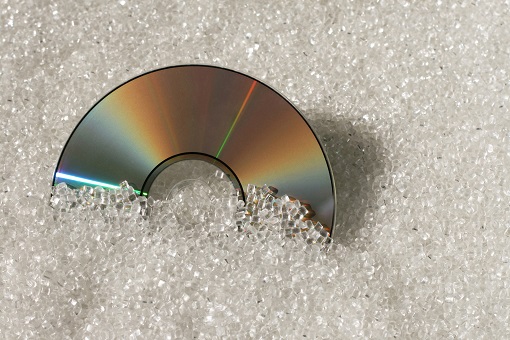TIN TỨC
What kinds of additive should be added to your products?
Main function of polymer additives.
Normally, manufactures choose additives used in plastics materials based on their intended performance over a chemical basis. For more convenience, MTB classifies additives into 8 groups with similar applications and functions.
| Functions | Additives |
| Polymerization/chemical modification aids | Accelerators Chain growth regulators Compatibilizers Cross-linking agents Promoters |
| Improvement in processability and productivity (transformation aids) | Flow promoters Plasticizers Processing aids Release agent Surfactants Thixotropic agents Wetting agents Defoaming and blowing agents |
| Increased resistance to degradation during processing application | Acid scavengers Biostabilisers Light/UV stabilizers Metal deactivators Processing/thermal stabilisers |
| Improvement/modification of mechanical properties | Compatibilizers Cross-linking agents Fibrous reinforcements (glass, carbon) Fillers and particle reinforcements Impact modifiers (elastomers) Nucleating agents Plasticizers or flexibility |
| Improvement of product performance | Antistatic agents Blowing agents EMI shielding agents Flame retardants Friction agents Odour modifiers Plasticisers Smoke suppressants |
| Improvement of surface properties | Adhesion promoters Anti Fogging agents Antistatic agents Antiwear additives Coupling agents Lubricants Slip and anti blocking agents Surfactants Wetting agents |
| Improvement of optical properties | Nucleating agents Optical brighteners Pigments and colorants |
| Reduction of formulation cost | Diluents and extenders Particulate fillers |
Generally speaking, the main applications of additives are to reduce cost and alter polymer properties. In the past, manufacturers just sought to have one or two particular material improvements. However, in present, with the strong and fast development of R&D departments, multifunctional additives are born. Now, we can combine several different additive functionalities together. For example, EuP processing aid and flame retardant in cross-linked epoxies.
Common concerns over additives
There are some typical concerns about additive technology raised by plastics manufacturers and producers. MTB takes the application of injection moulding of polyamides as an example.
However, the appropriate addition of chain extenders and nucleating agents, release agents…etc can tackle the problems without much effort. The benefits of additives are obvious. Additives are not simply a kind of optional ingredient, but an essential factor to plastics producers and manufacturers’ success.
| Main technology concerns |
| Short cycle times Better mould release Plate-out and deposits on moulds and plastics surfaces Feeding problems Increased dimensional stability, less shrinkage Processing protection against depolymerisation and yellowing Better melt flow Improved surface of glass-reinforced parts Better strength of flow lines in moulded parts Higher molecular weight Rise of impact strength and elongation at break |
Understand customer’s concern, MTB has developed 10 types of additives that will enhance your products and save cost effectively:
- Weather Stabilizer
- Anti-Aging
- Anti-Fog
- Anti-static
- Flame retardant
- Desiccant / Humidity absorber
- Anti-Blocking
- Slip Anti-blocking and Slip
- Processing Aid
- Odor scavenger
Contact us for more information and get a solution for optimizing your business.


 English
English
